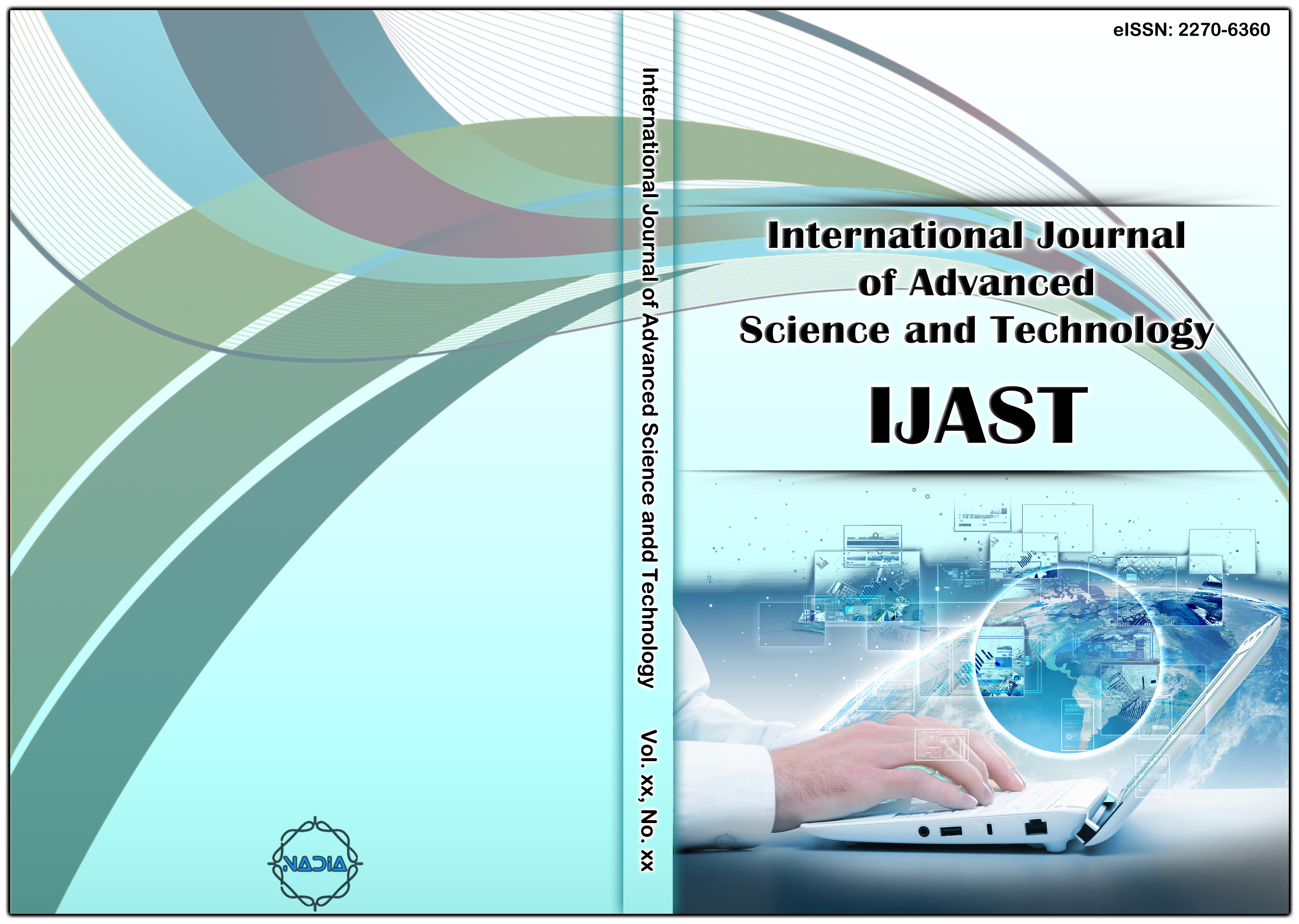[1] Kwon, Gyun Bo, “A Study on the Local Currency Operating Mode Based on Mobile Platform System-Focused on Gyeonggi Province”, Dankook University, (2019).
[2] Gyeonggi Research Institute, "Issue and Challenges of Local Currency for Local Currency Activation" No. 323, (2018).
[3] CHEN LUNING, “Research on the Utility of Alipay in International Settlement”, Kangwon National University, (2016).
[4] Kim H.J., and Kim M.S., "Design of an In-house Cryptocurrency Information Service Based on Blockchain", International Conference on IT Applications and Management, Feb (2019).
[5] Yoo S.M., "Policy Direction for Block Chain", Information and Communication Center, (2017).
[6] Kil S.W., "Changes in Service Platform Due to Blockchain and Trends and Implications of Virtual Money Marker", National IT Industry Promotion Agency, Issue Report, Vol. 19, (2017).
[7] Bipi Technology Trading, “Block Chain Industry Map Changes”, (2017).
[8] Bipi Technology Trading, “It changes the industrial map of blockchain & A Study on the Block Chain Market and the State of National Policies and Regulations”, (2017): 14-17. Available From: ISBN 9791187327950/1187327956.
[9] Moon S.G., Kim M.S., and Kim H.J., "Design of an Integreated University Information Service Model Based on Block Chain", Korea Academia-Industrial Cooperation Society, Vol. 20, No. 2, (2019): 43-50. https://doi.org/10.5762/KAIS.2019.20.2.43.
[10] Kim H.J. and Kim M.S., "Design of Block Chain Based Education Information Service Platform Module", Korea Academia-Industrial Cooperation Society Fall Conference, Vol. 19, No. 2, (2018): 456-459.
[11] Kwak J.H, “A conceptual model of crypto-currency for travel using a blockchain consensus mechanism”, International Journal of Tourism and Hospitality Research, Vol. 33, No. 3, (2019): 143-154. DOI: https://doi.org/10.21298/IJTHR.2019.3.33.3.143.
[12] Kim J.S, “The Korean Society of Computer and Information”, Journal of the Korea Society of Computer and Information, Vol, 24, No. 2, (2019): 67-74. DOI: https://doi.org/10.9708/jksci.2019.24.02.067.
[13] Kim J.S., "Our Town has ‘Local Currency’ ", Next Economy, (2013). DOI: http://www.nexteconomy.co.kr/news/articleView.html?idxno=8025.
[14] Kim H.J., Lee S.J., and Shin I.C., "Design and Implementation of In-house Electronic Money using Java Cards", International Journal of Smart Home, Vol, 7, No. 5, (2013): 103-114. DOI: http://dx.doi.org/10.14257/ijsh.2013.7.5.11.
[15] Kim H.J, Lee S.J, Shin I.C, “In-House e-currency Technology and Application Cases”, KMIS & Pacific Asia Conference on Information systems(PACIS), (2013).
